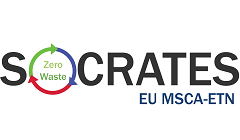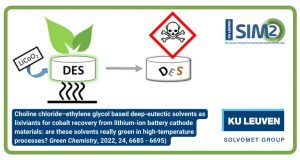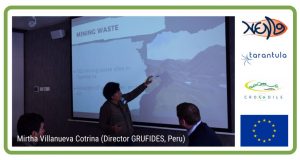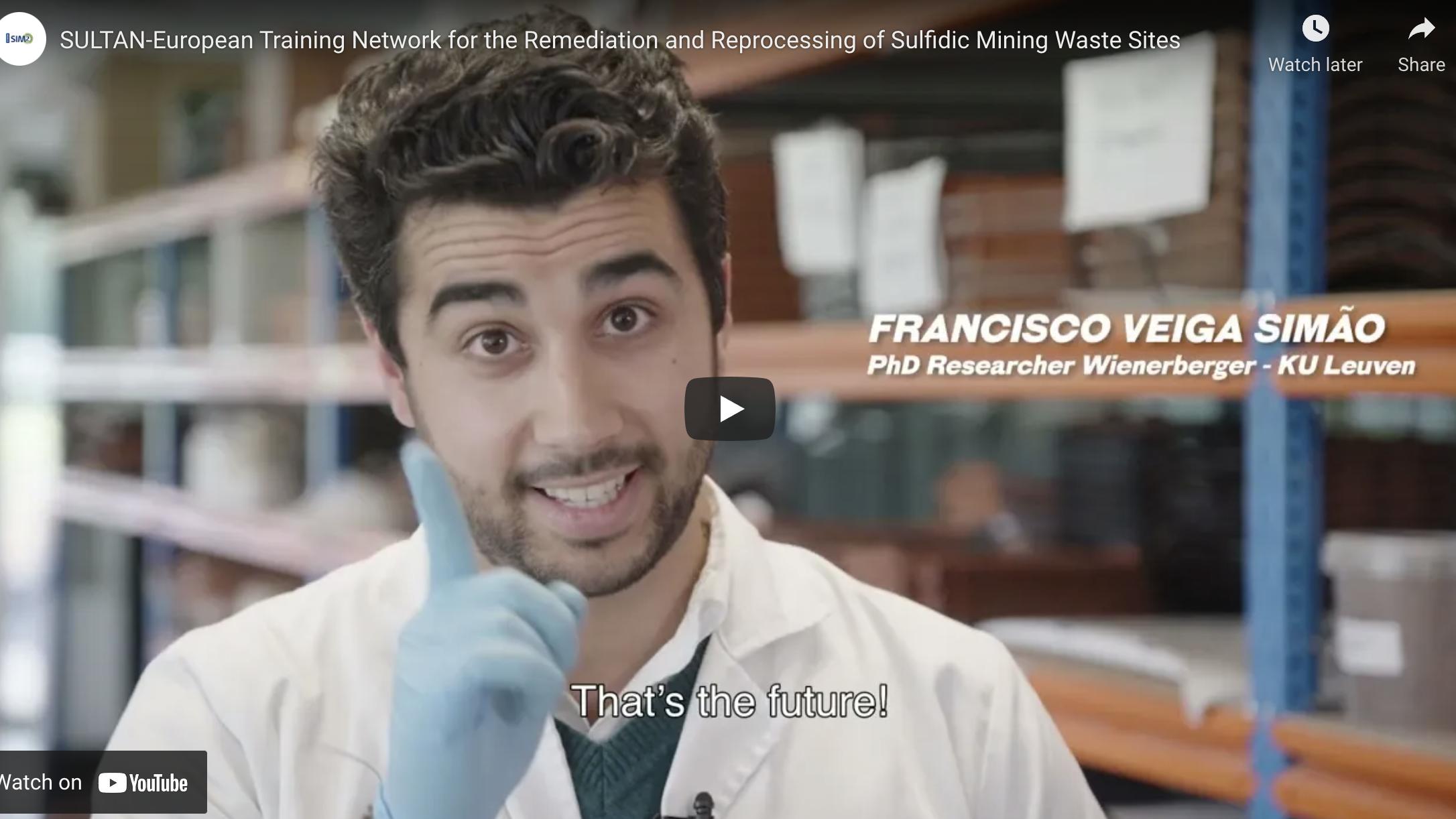Over the last years SIM² KU Leuven has been spending considerable attention on co-developing the field of “solvometallurgy”. Solvometallurgy is to be considered as an emerging branch of extractive metallurgy. In contrast with hydrometallurgy, solvometallurgy employs non-aqueous solutions to extract metals from ores, industrial process residues, production scrap and urban waste. In order to position this emerging branch Prof. Koen Binnemans (holder of ERC Advanced Grant SOLCRIMET – Solvometallurgy for critical metals) and Dr. Peter Tom Jones have authored a milestone position paper to present the opportunities and challenges for this exciting development within the metallurgy domain. The paper, which has been accepted for publication in the Journal of Sustainable Metallurgy, is an open access paper and will be released as soon as the layouted paper is made available on-line by the publisher.
Benefits of solvometallurgy
The paper argues that solvometallurgy is complementary to pyrometallurgy and hydrometallurgy. However, this new approach offers several advantages. Firstly, the consumption of water is very limited offering a major advantage in regions where there is a shortage of water. Secondly, the leaching and solvent extraction can be combined in a single step, which leads to simplified process flow sheets. Thirdly, solvent leaching can be more selective than leaching with acidic aqueous solutions, leading to reduced acid consumption and less purification steps. Fourthly, solvometallurgy is useful for the treatment of ores that are rich in soluble silica (such as eudialyte) as no silica gel is formed. Hence, solvometallurgy is in a position to help develop near-zero-waste metallurgical processes, and with levels of energy consumption that are much less than with high-temperature processes. The Technology Readiness Level (TRL) of this emerging branch of extractive metallurgy is still low (TRL = 3-4), which is a disadvantage for short-term implementation, but a great opportunity for research, development and innovation, in order to tackle the resource challenges of the future.
Looking towards the future
SIM² KU Leuven will be actively developing this field the coming years, in both bilateral, national (e.g. SIM SBO SMART) and European projects such as ERC SOLCRIMET and in the MSCA-ETNs coordinated by KU Leuven. This development also incorporates new investments in terms of leaching and solvent extraction mini-pilot scale equipment. To be continued!
Acknowledgements
The research leading to these results received funding from the European Research Council (ERC) under the European Union’s Horizon2020 Research and Innovation Programme: Grant Agreement 694078 — Solvometallurgy for critical metals (SOLCRIMET).










